National
Impact of a slowing Indian economy begins to appear on some local sectors
The impact on Nepal may be severe if the Indian economy continues to be on a downward spiral, experts say.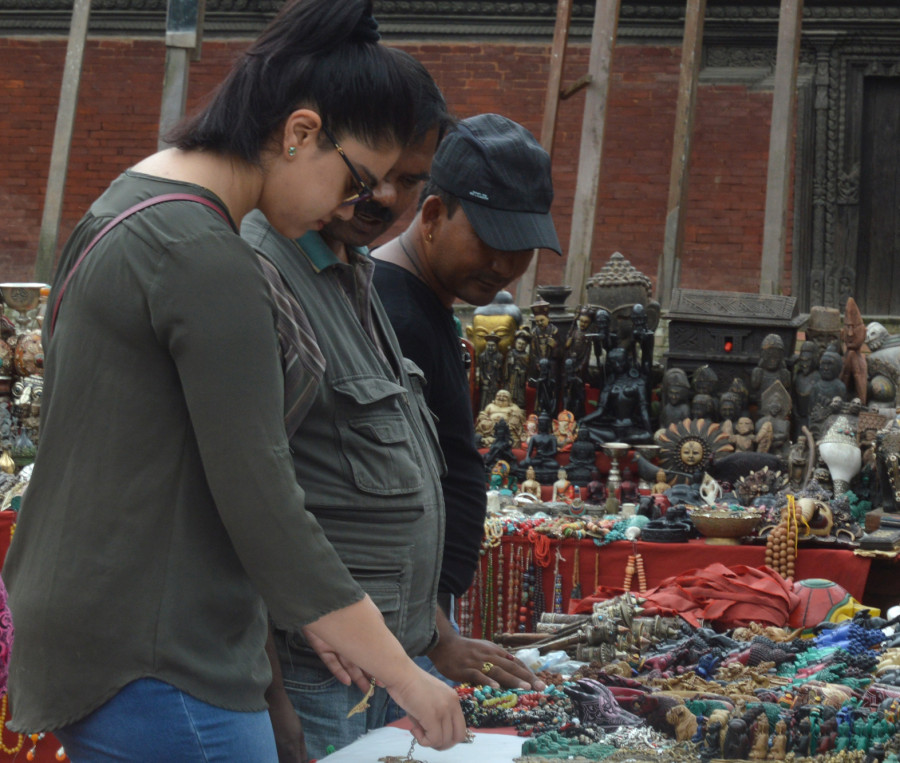
Prithvi Man Shrestha
Indian tourists’ stay in Nepal has significantly decreased over the last six months, with hotels in growing numbers reporting that vacation lengths have fallen as low as three days.
“Six months ago, tourists from India stayed for four to five days. But of late, they have been checking out in two or three days,” Atma Khanal, a sales executive at Hotel Annapurna, a five-star facility at Durbarmarg which is one of the preferred destinations for high-end Indian tourists in Kathmandu, told the Post.
According to Khanal, the number of Indian tourists usually is down during the winter months. “But they have started shortening their vacation lengths, and this is a new trend,” he said.
Although it isn’t clear whether the trend is due to an economic slowdown in India, tourism entrepreneurs, officials and industrialists say it could have an impact on Indian tourist arrivals overall in Nepal. This is not particularly a good augury for Nepal, which plans to host Visit Nepal 2020 starting January 1 and is banking heavily on tourists streaming into the country from its two neighbouring countries—India and China.
Nepal aims to bring in two million tourists from across the world next year and is hoping to increase the number of Indian tourists by 30 percent over the year. In 2018, tourist arrivals from the southern neighbour by air reached 200,438—a 25 percent growth from 2017.
“I am getting reports from a few hotels that occupancy of Indian tourists has decreased since last month,” said Shekhar Golchha, senior vice-president of the Federation of Nepalese Chambers of Commerce and Industry, the apex private sector body. But as of October this year, there had been no decline in the inflow of Indian tourists.
Until October, the country saw an inflow of 169,952 Indian tourists, with a rise of 4.9 percent on year-on-year basis, according to Nepal Tourism Board.
Now there are concerns whether a slowdown in the Indian economy could impact tourist arrivals from the south.
India’s economy grew at 4.5 percent for the three months ending September, the slowest rate of quarterly growth since the fiscal year 2012-13.
Deepak Raj Joshi, chief executive officer of Nepal Tourism Board, admitted that the slowdown in the Indian economy could have a “slight impact” on the tourist arrivals from India.
“But the reverse situation is also possible. Indians who were planning to visit expensive places faraway could choose Nepal as a cheaper destination in the neighbourhood,” he said.
But besides tourism, experts say, Nepal could see an impact on other economic sectors as well, if the Indian economy shows no signs of recovery in the coming quarters since the Nepali economy is heavily dependent on India.
Nepal exports two-thirds of its goods to India and the southern neighbour also occupies an equivalent share in Nepal’s imports.
Nepal’s currency is pegged to the Indian currency. India is the largest source of its tourists, one of its biggest sources of foreign direct investments and one of its largest sources of inward remittance.
Economic data published by the Nepal Rastra Bank showed no major impact of a slowing Indian economy on Nepal during the first quarter of this fiscal year. Nepal’s exports to India are growing at a higher rate than in the past and the imports from its southern neighbour are falling.
“But we should understand that exports have grown because of palm oil, which is not produced here. It is actually re-exported with slight or no value addition,” said Shankar Sharma, a former vice-chairman of National Planning Commission. “Nepali traders are taking advantage of duty differences.”
Palm oil represented nearly one-third of Nepal’s total exports to India in the first quarter, according to the central bank. But exports of some of the industrial goods like juices, copper wire rods, wire, zinc sheets and textiles decreased, the central bank data showed.
Despite an economic slowdown in India, inflation in the country reached a 16-month high of 4.62 percent in October. Nepal, which also imports inflation, saw prices rising 6.21 percent, up from 6 percent targeted by Nepal’s central bank for the ongoing fiscal year.
“If the Indian currency weakens further against the US dollar due to economic slowdown, Nepal will also see a weakened currency which will contribute to rising inflation, particularly of the goods which Nepal imports by paying US dollars,” said Gunakar Bhatta, chief of the research division at the central bank. “Due to the small export basket, Nepal is not positioned to take advantage of a weakened currency by boosting exports.”
Jobs for Nepalis working in India and their inward remittances are another concern. A large number of Nepalis from mid-western and far-western regions go to India for jobs. “As joblessness is growing in India, Nepalis also might have suffered as a result,” said Sharma. “But we don’t have data.”
But the central bank said there has not been a slowdown in remittance inflows through formal channels so far.
Bhatta of the central bank, however, said given the fact that Nepalis in large numbers work in India, continued slowdown of the Indian economy would have an impact even on the formal inflow of remittance.
The foreign direct investment commitment from India has also remained meagre during the first quarter of the current fiscal year. According to the Department of Industry, foreign direct investment pledges from India stood at Rs200 million of the total pledged foreign direct investment of Rs10.76 billion.
“It could be due to the economic slowdown,” said Sharma. “But we have to see the trends during the ongoing fiscal year to ascertain if it indeed is due to the result of the current economic slump in India.”
Nepal, meanwhile, faces an impending impact of India’s slowing economy at a time when the domestic economy itself appears to be on a downward spiral due to reduced construction activities and decelerating purchases in the markets caused by a decreasing inflow of remittances.
According to Golchha, the Nepali economy is facing headwinds, particularly due to domestic factors, rather than the Indian economy. “Construction activities are going down due to the government’s failure to spend capital budget and it has affected construction industries,” said Golchha. “I am getting reports that the sales of footwear and garments are also going down.”




 9.12°C Kathmandu
9.12°C Kathmandu
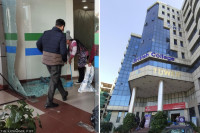
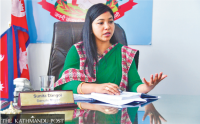
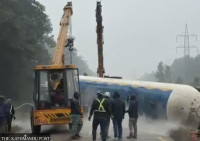





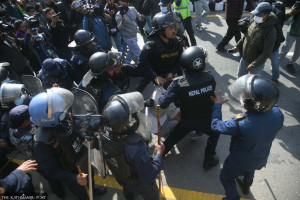
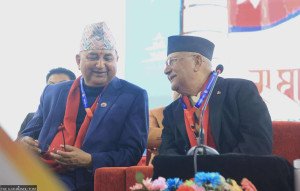



%20(1).jpg&w=300&height=200)

